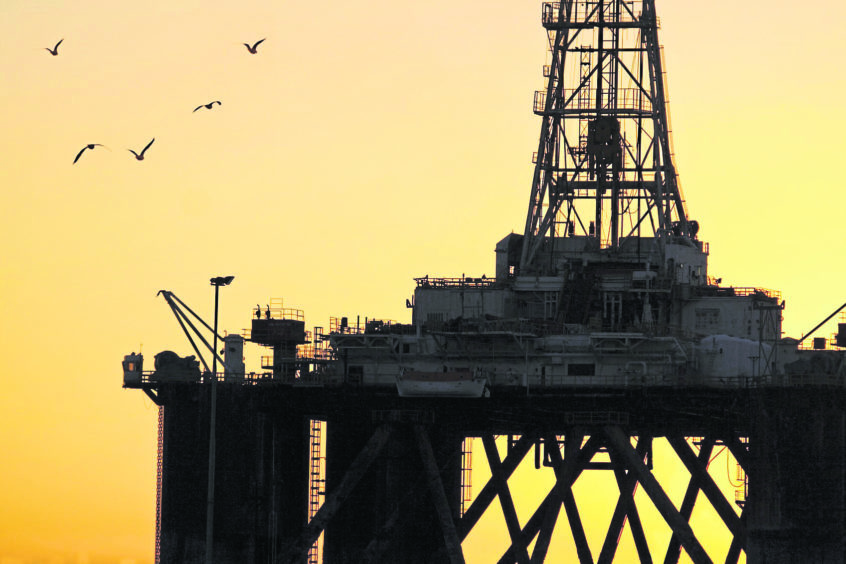
Oil is to “decline steeply” after 2030 alongside an energy transition will not make the emissions gains it needs to meet the Paris Agreement, according to a new report.
Energy classification firm DNV GL’s Energy Transition Outlook 2019 claims that while technology “can deliver” the 2050 Paris target, emission will not “fall sufficiently by 2050” to bring global warming below 2°C.
It said that while oil demand will “remain relatively flat” over the next decade, the sector will “start to decline thereafter”.
But the gas market will continue to grow before levelling off at 29% of the energy mix by 2050.
DNV GL added that by 2050 oil demand will reduce by more than 40% from current consumption levels.
In wind, the report predicts falling costs and a continuation of the sectors current growth, but warns of “looming” conflicts over wind turbine locations.
DNV GL claim that, technologically, “it is possible” to deliver the 1.5°C Paris target
target, but not without “considerable policy intervention”.
Remi Eriksen, group president and chief executive of DNV GL, said: “While we predict a staggering growth in electrification, with wind and solar sources providing most of that electricity by 2050, the future that we foresee will not bring us in line with the ambitions of the Paris Agreement.
“In our forecast, global emissions from energy use will peak only in 2025, and will still be far from net zero by 2050.
“Limiting global warming to well below 2°C needs extraordinary policy action, via the NDCs and elsewhere, to advance energy efficiency, renewables, and carbon capture beyond our ‘best estimate’ future.”
Recommended for you
